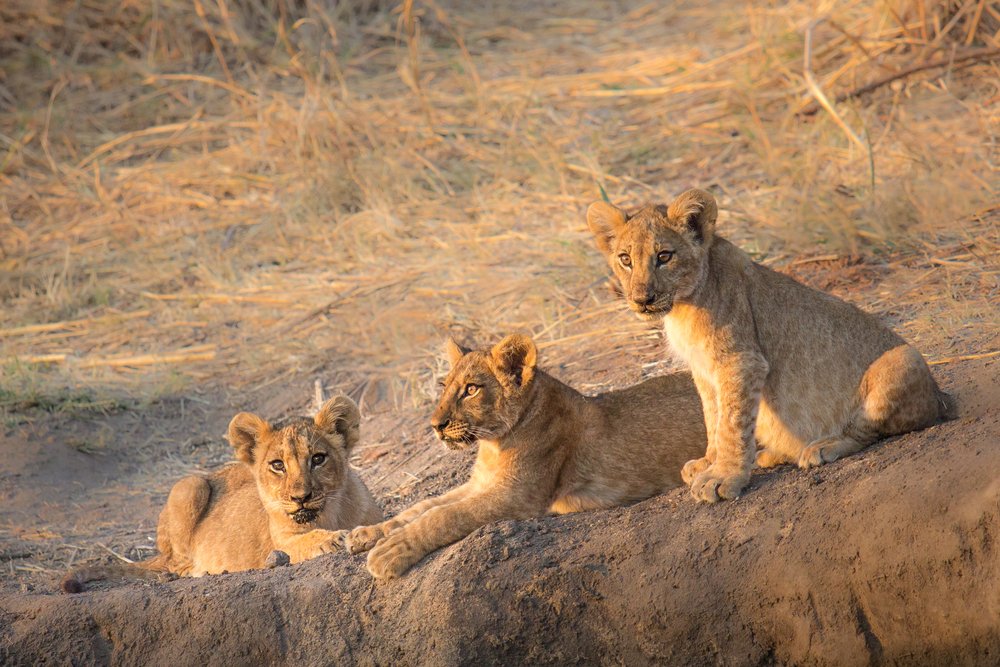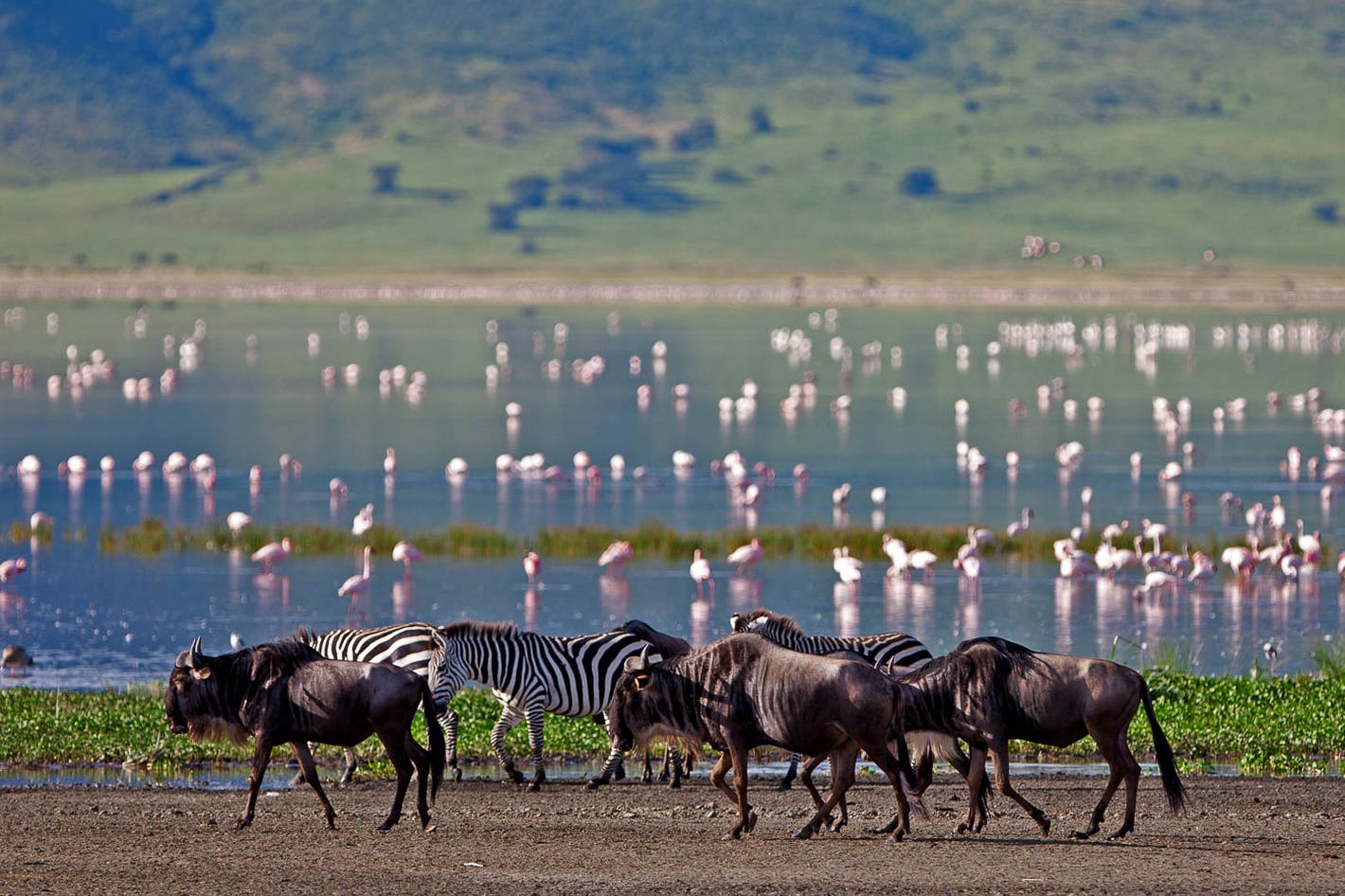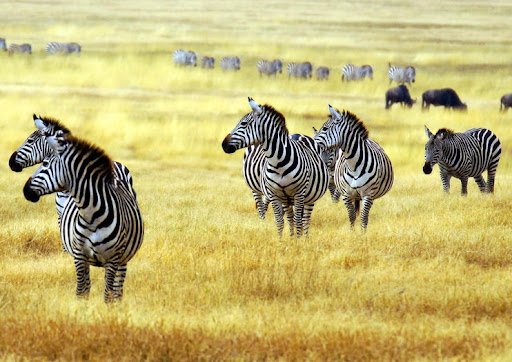Ngorongoro Crater

Ngorongoro Crater is a large volcanic caldera located in the Ngorongoro Conservation Area, a protected area that spans approximately 8,292 square kilometers (3,202 square miles). A UNESCO World Heritage Site in northern Tanzania, East Africa.
The Ngorongoro Crater is a unique and remarkable natural wonder, and its conservation is crucial for preserving the rich biodiversity of the region.
Here are some key points about the Ngorongoro Crater:
- Formation: The Ngorongoro Crater was formed when a large volcano exploded and collapsed on itself around 2 to 3 million years ago. The crater floor covers an area of about 260 square kilometers (100 square miles).
- Geography: The crater is part of the larger Ngorongoro Conservation Area, which spans over 8,000 square kilometers and includes diverse ecosystems, ranging from grasslands and forests to lakes and wetlands.
- Wildlife: The Ngorongoro Crater is renowned for its rich biodiversity and is often referred to as the “eighth wonder of the world.” The crater floor is home to a wide variety of wildlife, including lions, elephants, buffalos, rhinos, and wildebeests. The crater’s enclosed nature provides a natural barrier, creating a self-contained ecosystem.
- Conservation Area: In 1959, the Ngorongoro Conservation Area Authority (NCAA) was established to manage the conservation and sustainable use of the area’s natural resources. The Ngorongoro Crater plays a crucial role in this conservation effort.
- Maasai People: The Ngorongoro Conservation Area is also home to the Maasai people, who have been living in the region for centuries. They coexist with the wildlife and continue their traditional pastoralist lifestyle.
- Tourism: The Ngorongoro Crater is a popular destination for tourists visiting Tanzania. The unique landscape and abundant wildlife make it a prime location for safari experiences. Visitors can take guided tours to observe the diverse flora and fauna within the crater.
- Accommodations: There are various lodges and camps around the rim of the crater that offer accommodation options for visitors. Staying in these lodges provides breathtaking views of the crater and its surroundings.











